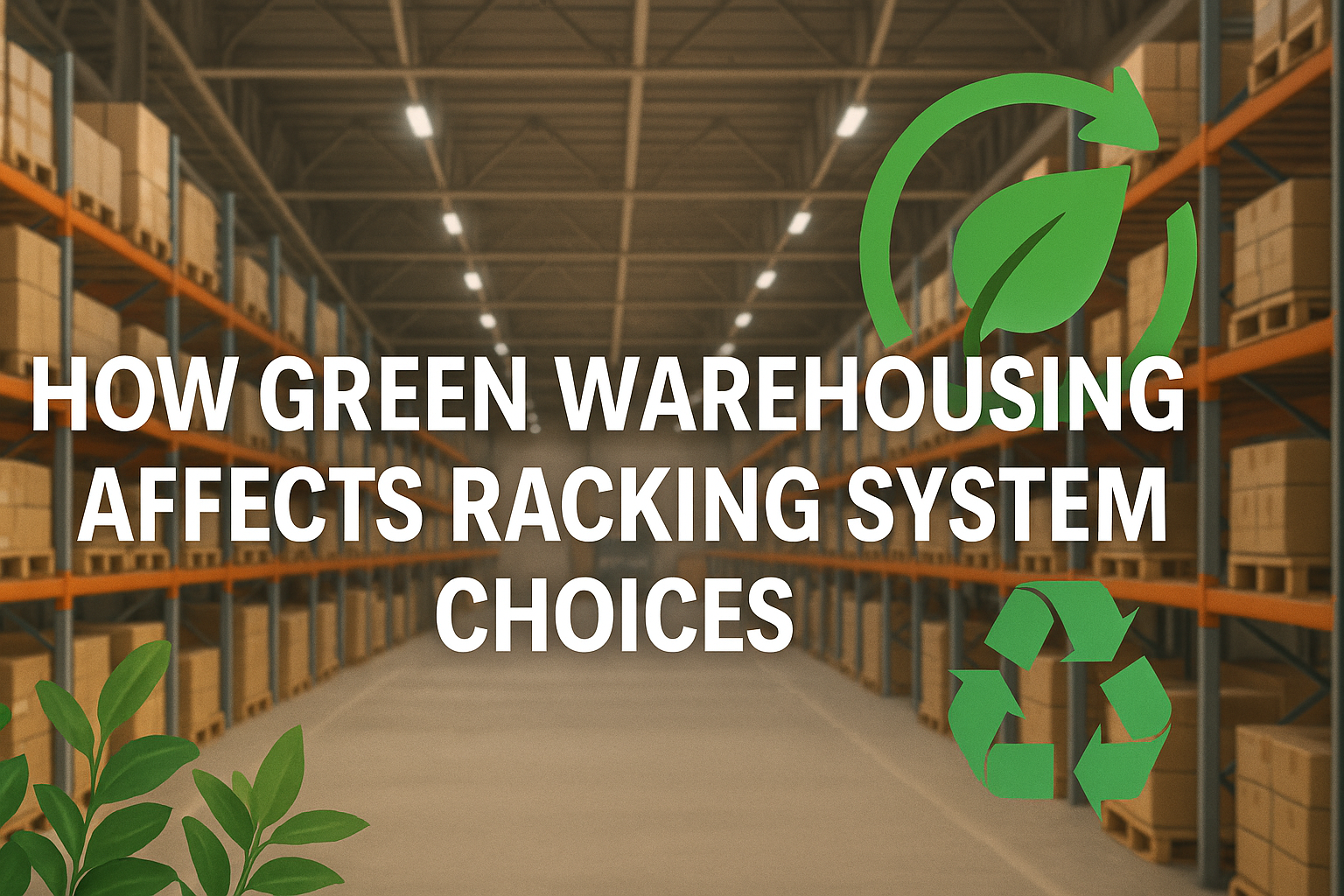
The UAE is rapidly embracing sustainability, with Dubai leading the charge through ambitious green building initiatives and carbon-reduction targets. For warehouse operators, the shift toward greener operations goes beyond energy-efficient lighting and solar-powered systems it also influences the choice of racking systems. Today, businesses must consider environmental impact alongside functionality, cost, and scalability.
This article explores how green warehousing principles are shaping racking decisions in Dubai and the wider UAE.
The Rise of Green Warehousing in the UAE
With government initiatives like the Dubai Clean Energy Strategy 2050, logistics and storage facilities are under growing pressure to minimize their carbon footprint. Green warehousing not only helps businesses comply with regulations but also reduces operational costs and enhances brand reputation.
Key Considerations for Eco-Friendly Racking
1. Sustainable Materials
- Modern racking systems increasingly use recycled steel or low-carbon manufacturing processes.
- Powder-coated finishes eliminate toxic emissions during production.
- Longer-lasting, durable racks reduce the need for frequent replacements, minimizing waste.
2. Optimized Space Utilization
- Green warehousing prioritizes vertical storage solutions to maximize cubic capacity and reduce the footprint of facilities.
- Dense racking configurations decrease energy use for lighting, cooling, and heating by reducing the area that needs climate control.
3. Energy Efficiency and Automation
- Integration with automated storage and retrieval systems (AS/RS) cuts down on material-handling equipment use, lowering energy consumption.
- Smart racking designs reduce unnecessary forklift travel, saving both energy and labor.
4. Lifecycle and Recyclability
- Racks designed for easy disassembly and recycling ensure minimal environmental impact at the end of their life.
- Modular systems allow for reconfiguration, extending the system’s usability as business needs change.
Challenges in Implementing Green Racking
- Initial Investment Costs: Eco-friendly racking solutions may require higher upfront spending.
- Supplier Availability: Finding vendors that meet international green standards can be challenging in some parts of the UAE.
- Compliance Requirements: Racking systems must still meet stringent safety and load-bearing regulations while adhering to sustainability goals.
Benefits Beyond Sustainability
- Lower Operating Costs: Energy-efficient systems reduce utility bills.
- Enhanced Corporate Image: Green warehouses appeal to eco-conscious partners and customers.
- Future-Proofing: Aligning with sustainability trends positions businesses to meet upcoming regulatory requirements effortlessly.
Facts
Choosing the right racking system for a green warehouse involves balancing sustainability, efficiency, and compliance. By investing in eco-friendly racking materials, maximizing space utilization, and embracing energy-efficient automation, Dubai’s warehouses can reduce environmental impact and achieve long-term operational savings.
Green warehousing isn’t just a trend it’s the future of logistics in the UAE.
Green warehousing involves using eco-friendly practices, energy-efficient equipment, and sustainable building materials to reduce a warehouse’s environmental impact.
While initial costs may be higher, eco-friendly racking often reduces long-term expenses through improved durability, energy savings, and compliance with future regulations.
Optimized racking layouts reduce lighting and climate control requirements by maximizing cubic storage capacity, lowering the overall energy demand.
Yes, recycled steel used in modern racking systems meets the same strength and safety standards as new materials.
Yes, initiatives like the Dubai Clean Energy Strategy 2050 and various green building certifications can offer long-term operational and reputational benefits for sustainable warehouses.